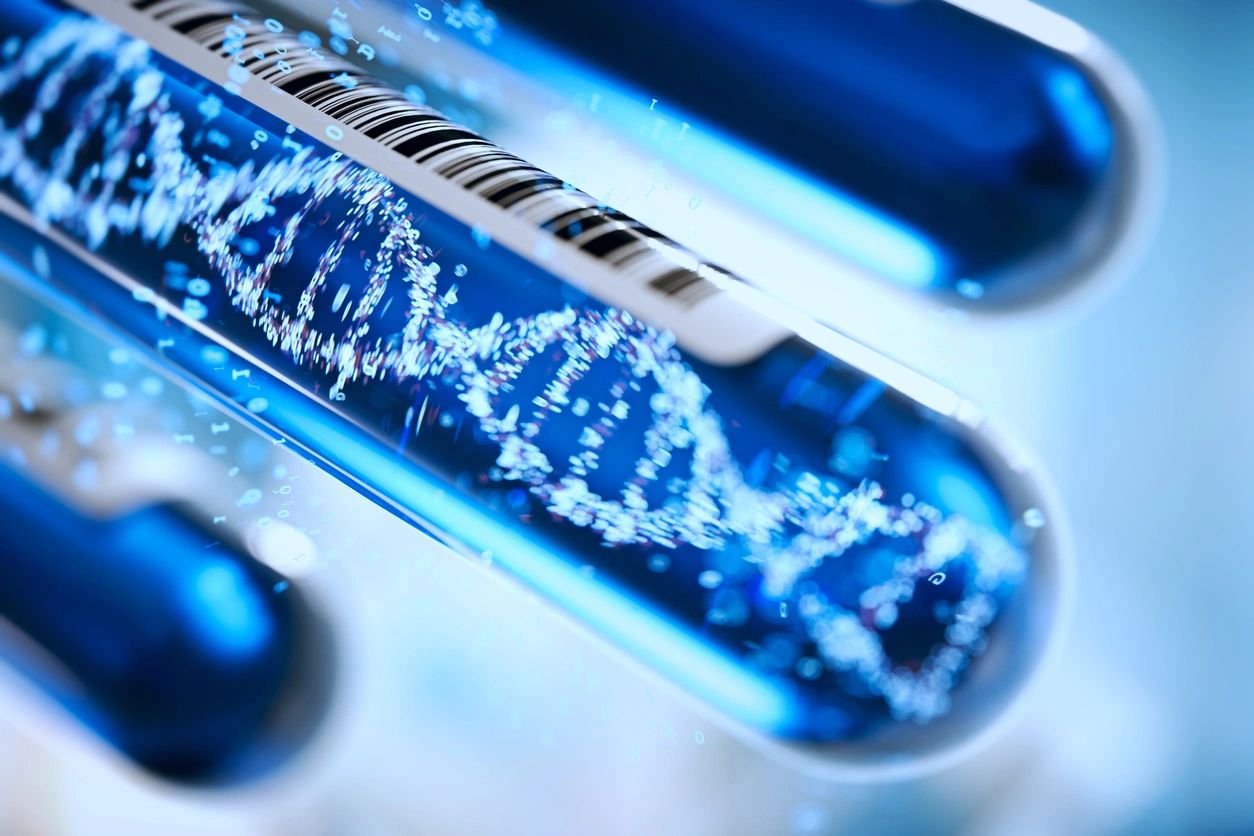When it comes to genetic testing, there are two primary methods for collecting a DNA specimen: blood and saliva. I often get asked – what’s the difference? The quick answer is there is no significant difference between the two; genetic test results are equally accurate with both sample types. Each has its own set of advantages, disadvantages, and specific uses. Understanding these differences can help patients and healthcare providers choose the most appropriate method for their needs. Below is a list of the pros and cons of each sample type.
Pros of Blood Samples
- High DNA Yield: Blood samples are considered the gold standard for genetic testing because they typically provide a higher quality and quantity of DNA. This is particularly important for tests that require detailed analysis, such as whole-genome sequencing (though saliva can be used for this testing as well).
- Suitability for Complex Tests: Blood samples are often preferred for tests that require a large amount of DNA or when the analysis involves multiple genetic markers. For example, prenatal genetic testing often relies on blood because it can provide a more comprehensive genetic profile of the fetus.
- Established Procedure: Blood draws are a well-established and widely accepted method for collecting DNA. Healthcare providers are thoroughly trained in this procedure, making it a routine and standardized process in many medical settings.
Cons of Blood Samples
- Invasive Collection Process: One of the main drawbacks of using blood for genetic testing is that it requires a needle stick to draw the sample. For some individuals, especially those with a fear of needles, this can be an uncomfortable or even distressing experience.
- Professional Supervision Required: Blood draws must be performed by a trained healthcare professional, often in a clinical setting. This can be inconvenient for patients who have limited access to medical facilities or who need to arrange appointments around their schedules.
Pros of Saliva Samples
- Non-Invasive and Painless: The most significant advantage of saliva samples is that they are non-invasive. Collecting a saliva sample is simple, painless, and can be done at home. This is particularly beneficial for children, the elderly, or individuals with medical conditions that make blood draws challenging.
- Convenience and Accessibility: Saliva collection kits can be sent directly to a patient’s home, allowing them to provide a sample at their convenience. This eliminates the need for a visit to a healthcare facility, making genetic testing more accessible to a broader population. However, some labs will send blood kits to people’s homes and will do a free blood draw by a blood-drawing company.
- Cost-Effective: In some cases, saliva-based genetic tests can be more cost-effective than blood-based tests, as they do not require the resources associated with a clinical blood draw.
Cons of Saliva Samples
- Lower DNA Yield: While saliva can provide sufficient DNA for many types of genetic testing, the yield is generally lower than that obtained from blood. This can be a limitation for more complex genetic tests that require a large amount of DNA.
- Potential for Contamination: Saliva samples are more prone to contamination from food particles, bacteria, or other environmental factors. This can affect the accuracy of the test, potentially leading to inconclusive or unreliable results.
- Not Suitable for All Tests: While saliva is adequate for many genetic tests, it may not be suitable for all. Tests that require highly detailed analysis or that involve rare genetic markers might not be as accurate or feasible with saliva as they would be with blood.
Key Considerations When Choosing Between Blood and Saliva
As a healthcare provider, when deciding between blood and saliva for genetic testing, there are several factors that I consider when deciding between the two:
- Type of Test: The specific genetic test being conducted is a crucial factor. As noted above, for comprehensive testing, such as whole-genome sequencing or if DNA and RNA testing is being performed, blood may be preferred due to the higher DNA yield and consistency (blood is the only way currently to test RNA). Saliva is often sufficient for more routine tests, such as carrier screening for common conditions or panel-based testing looking a dozens of genes.
- Patient Comfort and Convenience: For individuals who are anxious about needles, who have difficulty accessing a healthcare facility, or do not want someone to come to their home for a blood draw, saliva offers a more comfortable and convenient option. The ability to collect the sample at home can also make genetic testing more accessible.
- Timeliness: If there is a time consideration (for example, someone is waiting for results to make a surgery or treatment decision, or is pregnant), blood would be the best option. Blood fails less often than saliva. Sometimes, there is not enough DNA yielded from a saliva sample and the lab would require a second specimen. It could take 1-2 weeks before the lab would know this and that would be a loss of 1-2 weeks in the process.
Conclusion
Both blood and saliva samples have their own advantages and drawbacks when it comes to genetic testing. The choice between the two depends on the specific test, patient comfort, and the need for accuracy. By understanding the pros and cons of each method, patients and healthcare providers can make informed decisions that best meet their needs.
The team at Chicago Genetic Consultants welcomes any questions about genetic testing, so please contact us with any questions!







